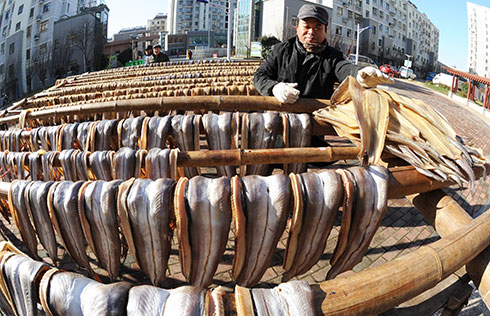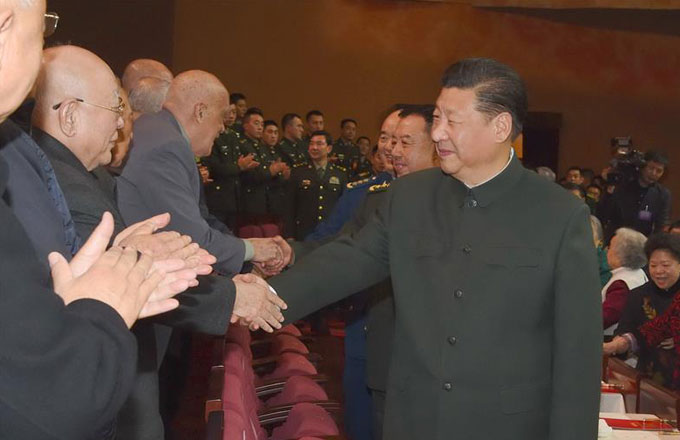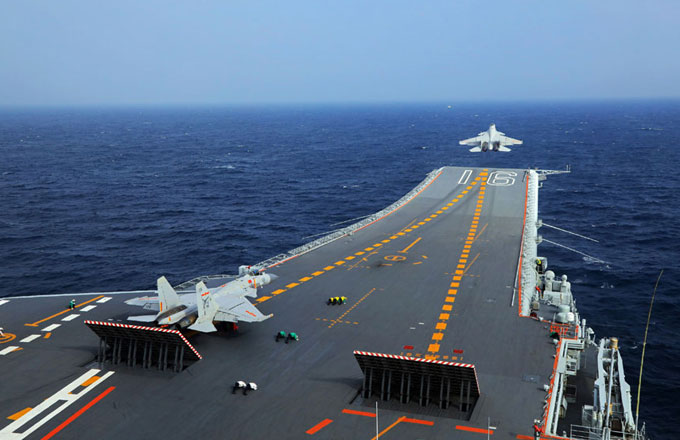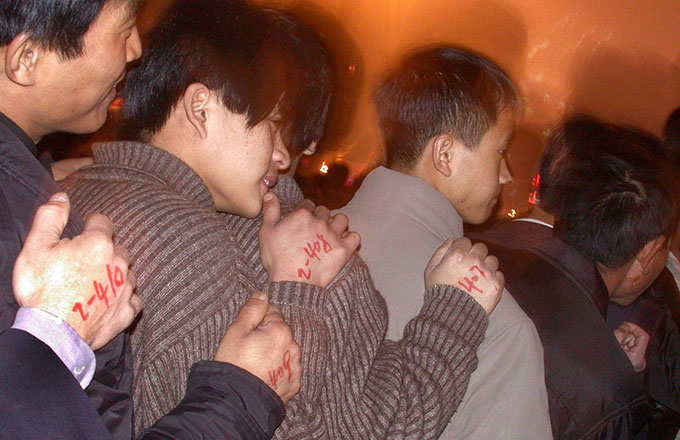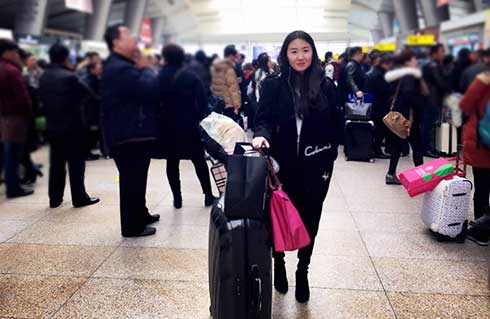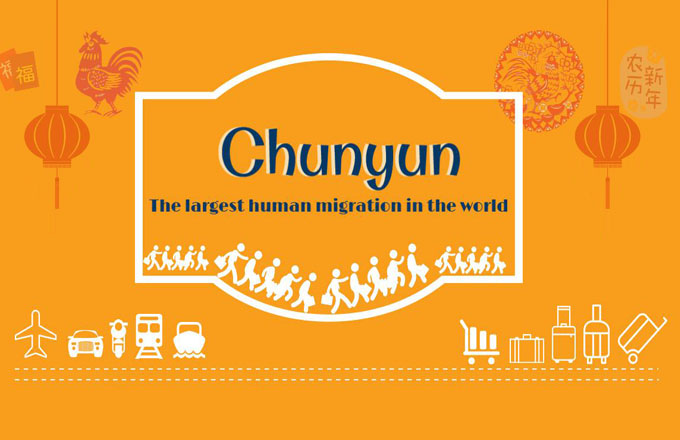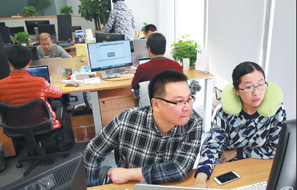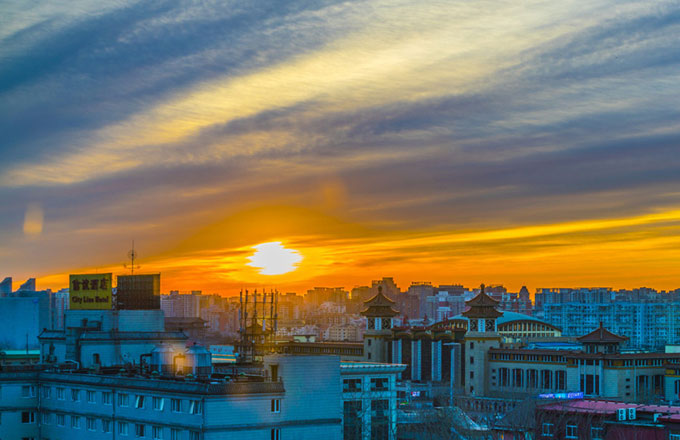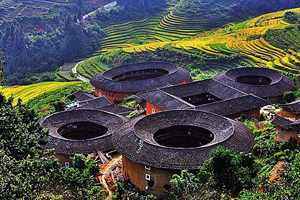Trumping logistics challenges in HK
When businessman Faraz Maani flew into Hong Kong with his wife and two children from Chile, southwest of South America in 1988 to start his fruits import business, the city's trading environment was pretty simple, with only two direct fruit importers in the city.
Through hard work, persistence and determination, Maani soon won orders from the Kowloon Wholesale Fruit Market in Yau Ma Tei. He then routed the fruit orders to Chile, a nation that produces abundant fruits such as grapes, apples, plums, peaches, lime, lemons and oranges besides nectarines, kiwi and pears.
|
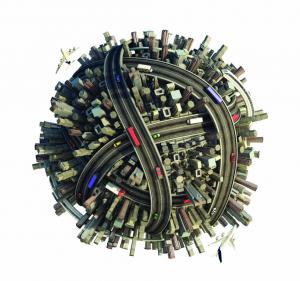 |
"The company had to use charter vessels with refrigerated facilities called reefers (to import the fruits to Hong Kong) as container shipping lines then did not provide (Chile to Hong Kong) services. This went on till the early 90s when Maersk Line, NYK and some other shipping lines started to look at the business.
"Of course the bigger container lines ended up taking over the services and displaced charter vessel and smaller shipping lines," says Maani, who is managing director of Praxis Development Ltd. "In the early days, the Chile to Far East annual volume of fruits was only a few thousand tons, now it is a hundred fold," he says, pointing out that cherries' import into China alone is around 10,000 tons.
In addition, few know that the shipping fruits transit time from Chile to Hong Kong, which is 18,439 kilometers, took over 30 days then. Now, the shipping time can be a little shorter, and the fruits' shelf life can be prolonged through controlled or modified atmosphere packaging.
Explaining how the trade had changed dramatically over the years, the charismatic Maani, who now has five children, three more since he first landed in the city, says: "During the late 80s, after getting an order, a bank would issue a letter of credit which would then be sent to the supplier. Once the shipment is put on board a vessel, the supplier can get his money from his bank upon producing the necessary documents."
"Once the shipment arrives in Hong Kong, we got paid for our services. Trading then was relatively simple. Today, it is far more complicated," he remarks with a smile.
The major changes came when logistics and supply chain came into the trading picture in the 1990s.
Emergence of logistics
"What makes the trading difficult (today) is the huge amount of documentation, taxes and levies involved in carrying out these transactions, currency fluctuations and rising fuel prices, boosting the overall costs," says Allen Li, CEO of SkyLogistics, who is also involved in the fruit business.
The supply chain management business has not only become very complex, it is also continually changing, while trying to keep abreast with the volatile global trading environment through increased use of technology, and in meeting the varied rules and regulations introduced by individual governments.
- China's coal-rich province vows to slash overcapacity in 2017
- One China policy 'nonnegotiable', China tells US
- China to formulate judicial exclusionary rule of illegal evidence
- Railway trips surge as Chinese start Spring Festival travel
- Procuratorates approve arrest of 19,000 telecom fraud suspects



